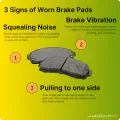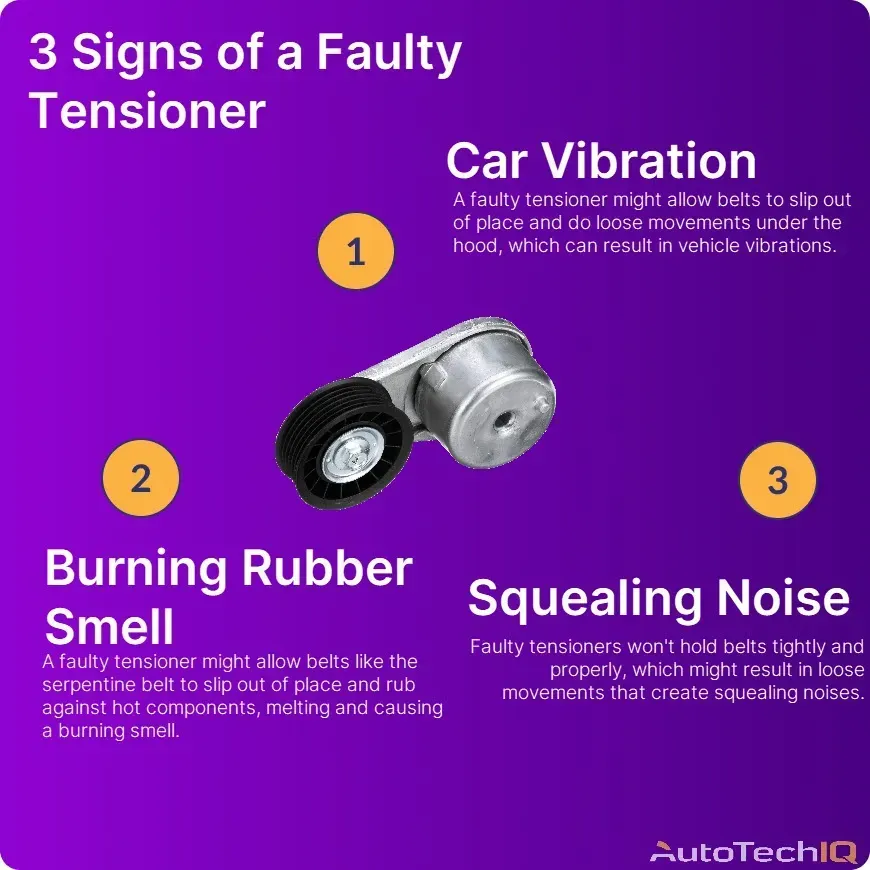

The main sign that your vehicle’s tensioner is faulty is a burning rubber smell. The tensioner is a component that holds the serpentine belt in place using proper tension; if it fails, it'll generate extra friction, causing the burning smell.
A tensioner is part of the engine's accessory belt drive system. It keeps tension on the belt that drives engine accessories like the alternator, power steering pump, and air conditioning compressor. This tension prevents belts from slipping out of place. Hence, it has an important role in the vehicle’s electrical system.
-
Safety: The tensioner keeps important belts in place, which are essential to the vehicle’s electrical system. Therefore, if the tensioner fails, the vehicle might lose power steering, ABS brakes, and A/C, which requires belts that the tensioner holds in place. Additionally, the vehicle might also overheat, since some belts power the water pump, an important cooling system component.

Burning rubber smell
Since the tensioner is vital to keeping belts in place, if it fails, these belts might become loose and slip out of place. Loose belts have a high risk of rubbing on hot car parts while the car is running, melting, and creating a burning rubber smell.
Therefore, a failed tensioner can cause a burning rubber smell in a car due to the increased friction and heat generated by a loose or misaligned belt. Commonly, the serpentine belt has a higher risk of loosening up and burning inside the car due to a failed tensioner.
It’s typical to notice dashboard warning lights in this case, like:
The reason is that a faulty tensioner might cause belts like the serpentine belt to slip, which are vital to the engine and cooling system. Therefore, if these belts can’t work properly, the cooling system might malfunction and allow engine overheating, which can progress into other engine problems that trigger the “check engine” light.
Squealing noise
A common sign of a worn or faulty tensioner is a squealing noise from the engine area. This noise is typically most noticeable when starting the engine or when accelerating. This is because the tensioner couldn’t keep the proper tension on the belt, resulting in a loose belt; the squealing happens because of the shoddy movement of the belt.
When the belt slips on the pulleys, it creates a high-pitched squealing noise. This noise is most noticeable when the engine is first started or when the accessory belt is under load, such as during acceleration. If left unaddressed, a slipping belt can cause damage to the belt, pulleys, and other engine components. It can also lead to the loss of power steering, air conditioning, and other accessories driven by the belt.
Other common signs
Here are other common signs that your vehicle’s tensioner is faulty:
-
Belt wear
-
Dashboard warning lights
-
Noises under the hood
-
Engine overheating
-
Car vibration
Possible fixes
-
Serpentine belt replacement: A faulty tensioner can cause the serpentine belt to slip out of place and rub against other components. The belt can melt by touching hot car parts or wear out from loose movement, requiring replacement.
-
Serpentine belt tensioner replacement: The belt tensioner, tensioner pulley, and idler pulley can crack or wear out, requiring replacement to ensure the serpentine belt doesn’t slip out of place. Since the tensioner pulley uses a spring loaded arm, it might also require replacement.
-
Timing chain tensioner replacement: The timing chain has a tensioner, which is essential for proper positioning. However, if the tensioner breaks due to wear and tear, the timing chain might slip out of place, requiring a new tensioner.
-
Water pump replacement: A faulty serpentine belt tensioner can indirectly lead to water pump issues. The serpentine belt, a vital power supply of the water pump, deteriorates over time if it becomes loose due to a faulty tensioner, causing electrical problems to the pump.
-
Timing belt tensioner replacement: The timing belt stays properly attached to the alternator’s pulleys with the help of its tensioner. If the tensioner and idler pulleys fail, the timing belt requires a new one to avoid becoming loose or slipping out of place.
Frequently asked questions
How do I know if my tensioner is bad?
A failing belt tensioner can cause noisy engine operation, uneven belt wear, or problems with your car's electrical system and steering due to a loose belt. If you hear squealing, chirping, or grinding from your engine, or if your car's belt looks worn or your accessories malfunction, it's a good idea to have a mechanic check your tensioner.
Can a bad tensioner damage an engine?
A bad belt tensioner can wreak havoc on your engine and affect the drive belt system. If a timing belt tensioner fails a loose timing belt can slip, throwing off timing between the crankshaft and camshaft. This can cause pistons to collide with valves (in interference engines) leading to bent valves, engine knocking, and potentially catastrophic failure. So, don't ignore that suspicious engine noise!
What happens if you don’t replace a faulty tensioner?
Neglecting faulty timing belt tensioners can cause the engine belt to slip, disrupting the timing between the crankshaft and the camshaft. For example, a bad timing belt tensioner can lead to pistons hitting valves (in interference engines) causing expensive repairs like bent valves and engine knocking.
Other news
-
Car is Squealing When Driving

-
What is Preventative Maintenance and What Are The Benefits of it?

-
JobViewIQ - DVI Process Training - Part of the Auto Care Alliance Benefits

-
7 Signs of Clogged AC Components
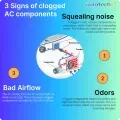
-
How Much Does a Transmission Fluid Change Cost?
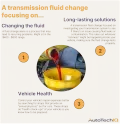
-
7 Signs of a Leaking Axle Seal
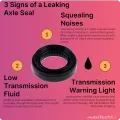
-
8 Signs of a Bad Brake Pad
